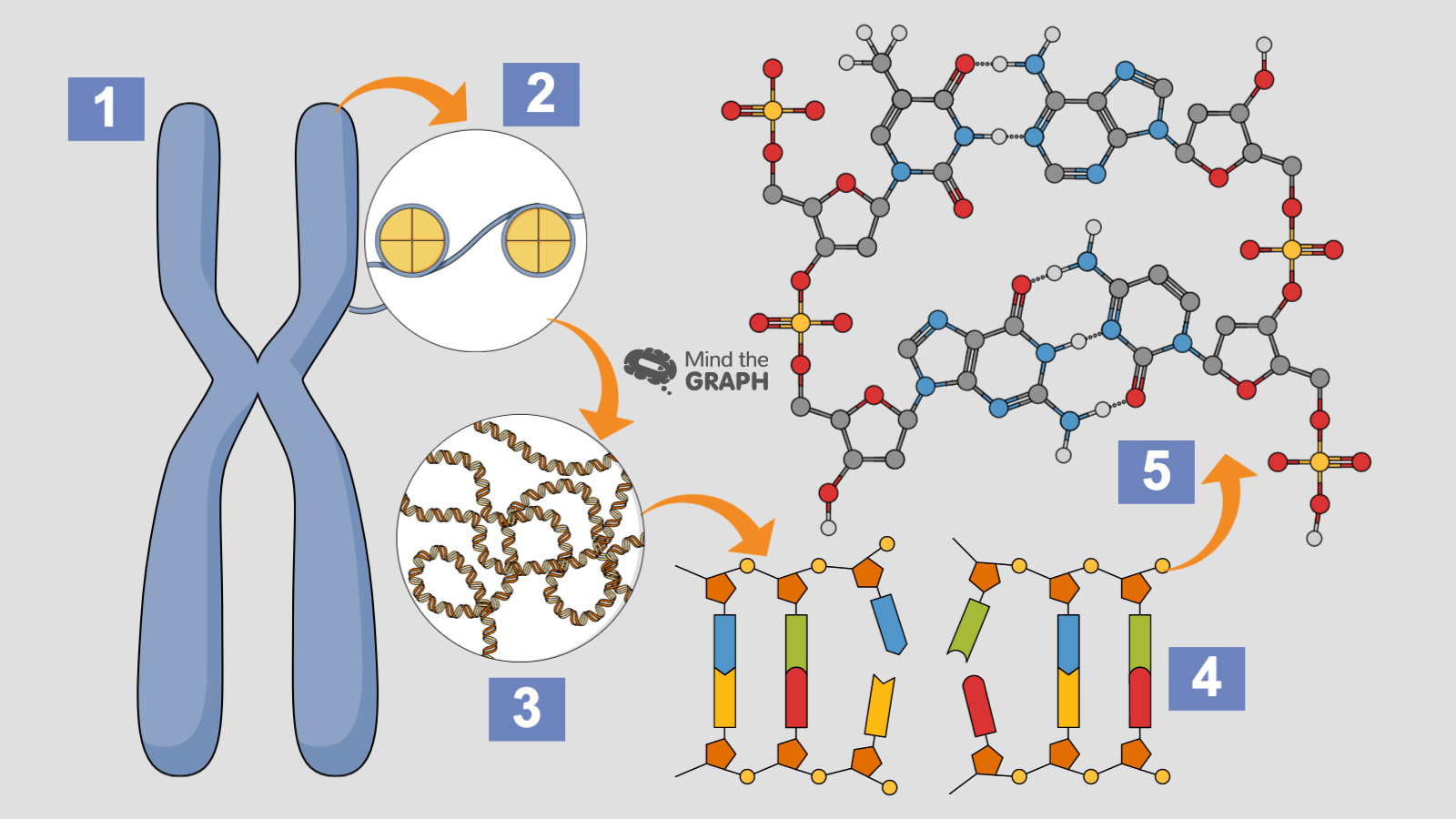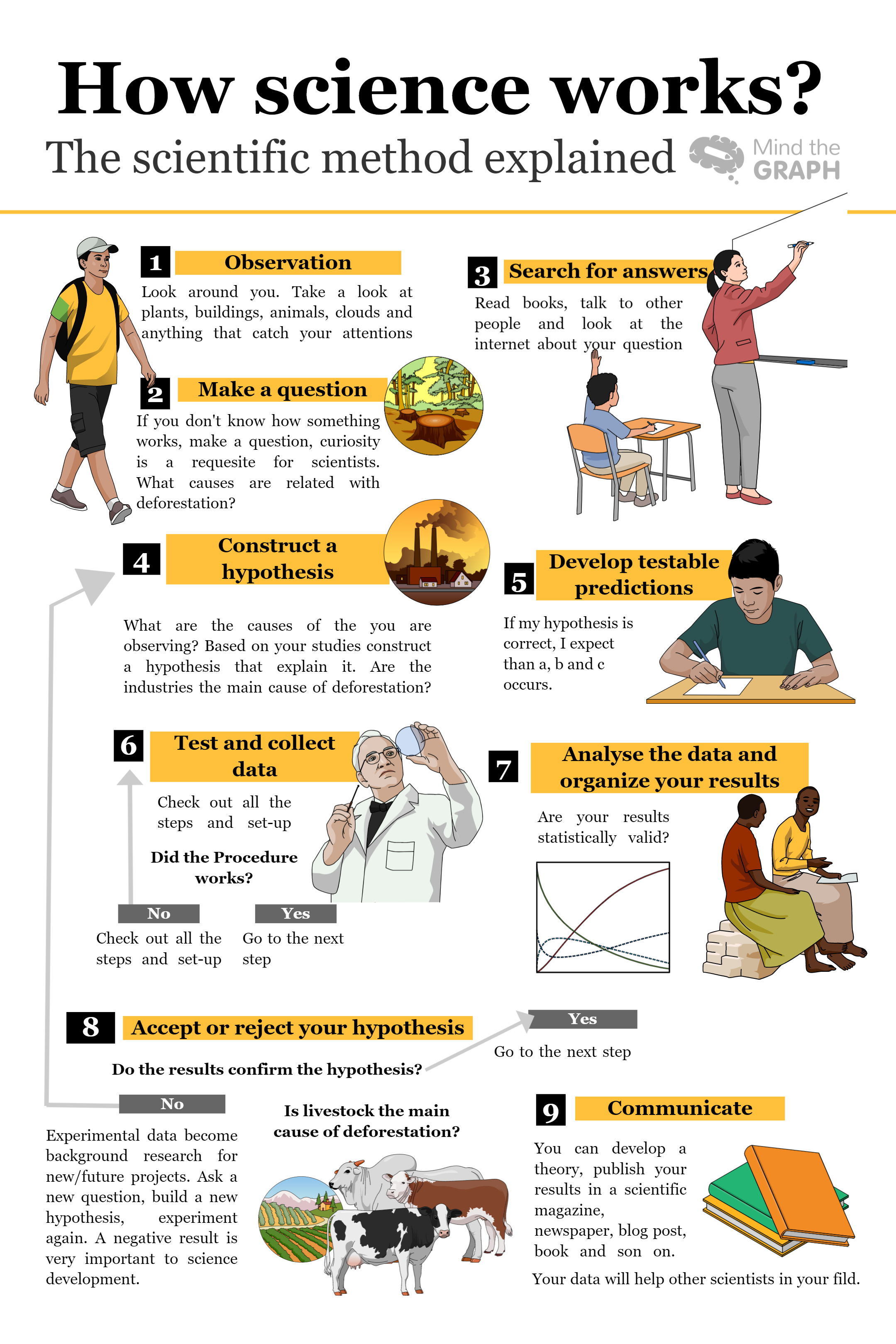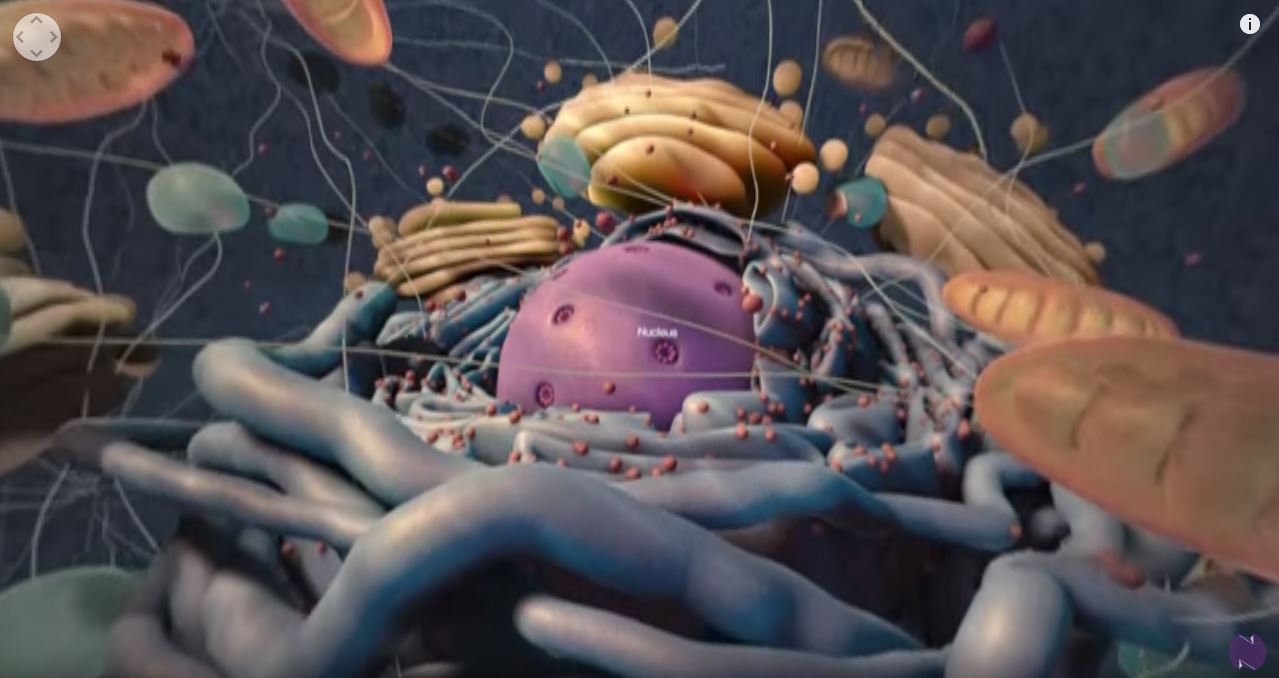Catch and keep the attention of kids and teenagers is not an easy task. But if you are a teacher, you already know that (very well). So, I am writing this post to help you with this task. As teachers, we have the challenge of explain science education in a way that arouse curiosity. So, let’s see three ways to do that.
01. Explain how the scientific method works
Vis hvordan de også kan være forskere, med nysgjerrighet og spørsmål, i stedet for å bare gi dem hermetiske svar. Å snakke om den vitenskapelige metoden er dessuten en god strategi for å bekjempe pseudovitenskap og falske nyheter. Når alt kommer til alt, vil de gi mer verdi til vitenskapen.
02. Gi dem "reelle oppgaver" evaluering
I stedet for bare klassiske eksamener, kan du gi dem oppgaver som å lage en løsning på et reelt problem. Spør dem om ting som de ikke kan finne på Google.
03. Use visual resources
Visual resources are a powerful tool to science education, because abstract concepts are harder to understand. Scientific illustrations can help you to explain abstracts or small things as molecules, atoms, cells or scales. They also are more friendly than real pictures, so use them as an ally to show human anatomy or medical procedures.
Hvis du vil lese mer om det, kan du sjekke ut disse innleggene:
- Mal for lysbilder: Attraktive presentasjoner bare ett klikk unna
- Kjemisk struktur: Bruk av illustrasjoner for å forklare kjemi
- Flat jord og geosentrisme: Slik viser du at jorden går i bane rundt solen
All these infographics were created using Mind the Graph, an online platform for scientists, teachers and students. We have over eight thousands of scientific illustrations available for you. If you are not a mind the graph user yet, you can try now for free:

Abonner på nyhetsbrevet vårt
Eksklusivt innhold av høy kvalitet om effektiv visuell
kommunikasjon innen vitenskap.







